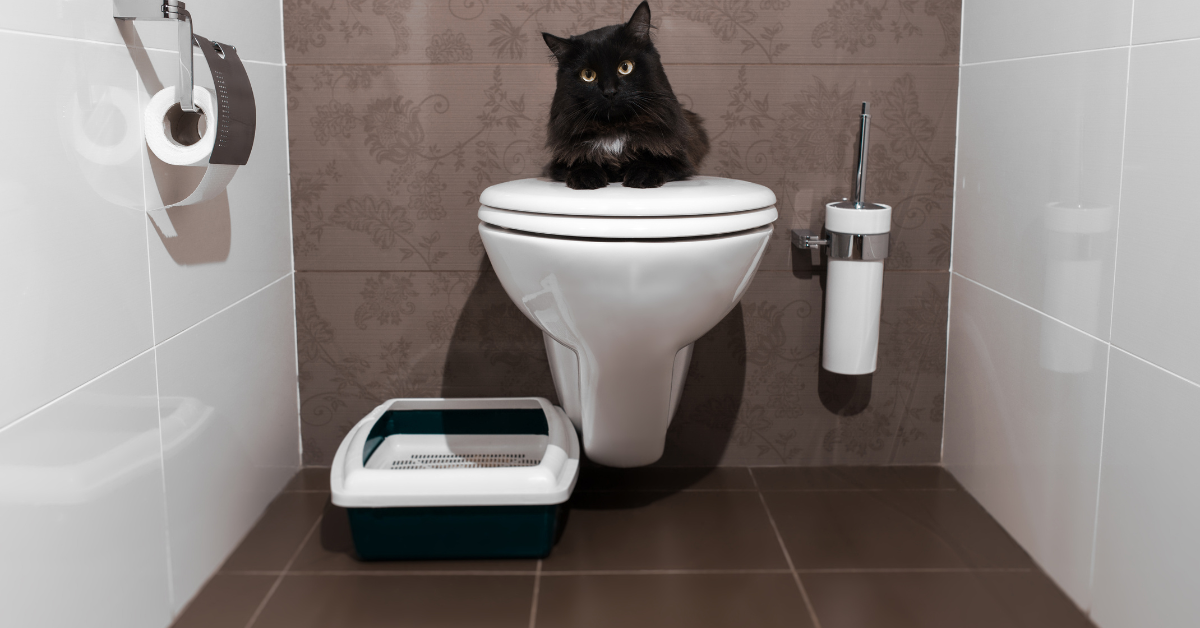Were you searching for know-how around Don’t flush cat feces down the toilet?

Introduction
As pet cat owners, it's important to be mindful of just how we take care of our feline buddies' waste. While it might seem hassle-free to purge pet cat poop down the bathroom, this method can have harmful consequences for both the setting and human health.
Ecological Impact
Flushing pet cat poop presents harmful virus and bloodsuckers right into the water system, posing a considerable risk to water environments. These pollutants can negatively affect marine life and compromise water high quality.
Health and wellness Risks
Along with environmental worries, purging cat waste can also present health and wellness dangers to people. Cat feces may have Toxoplasma gondii, a parasite that can create toxoplasmosis-- a potentially serious illness, particularly for expecting ladies and individuals with damaged body immune systems.
Alternatives to Flushing
Thankfully, there are safer and a lot more liable means to get rid of feline poop. Consider the adhering to options:
1. Scoop and Dispose in Trash
The most typical method of throwing away feline poop is to scoop it right into a biodegradable bag and throw it in the trash. Be sure to utilize a dedicated clutter scoop and throw away the waste without delay.
2. Use Biodegradable Litter
Select biodegradable cat litter made from materials such as corn or wheat. These litters are environmentally friendly and can be safely taken care of in the garbage.
3. Bury in the Yard
If you have a lawn, think about burying pet cat waste in an assigned area far from vegetable gardens and water sources. Make sure to dig deep sufficient to prevent contamination of groundwater.
4. Install a Pet Waste Disposal System
Invest in a family pet garbage disposal system especially made for cat waste. These systems utilize enzymes to break down the waste, minimizing smell and environmental effect.
Conclusion
Accountable family pet possession expands past providing food and sanctuary-- it also includes proper waste management. By avoiding purging feline poop down the toilet and choosing different disposal methods, we can decrease our environmental impact and protect human health and wellness.
Why Can’t I Flush Cat Poop?
It Spreads a Parasite
Cats are frequently infected with a parasite called toxoplasma gondii. The parasite causes an infection called toxoplasmosis. It is usually harmless to cats. The parasite only uses cat poop as a host for its eggs. Otherwise, the cat’s immune system usually keeps the infection at low enough levels to maintain its own health. But it does not stop the develop of eggs. These eggs are tiny and surprisingly tough. They may survive for a year before they begin to grow. But that’s the problem.
Our wastewater system is not designed to deal with toxoplasmosis eggs. Instead, most eggs will flush from your toilet into sewers and wastewater management plants. After the sewage is treated for many other harmful things in it, it is typically released into local rivers, lakes, or oceans. Here, the toxoplasmosis eggs can find new hosts, including starfish, crabs, otters, and many other wildlife. For many, this is a significant risk to their health. Toxoplasmosis can also end up infecting water sources that are important for agriculture, which means our deer, pigs, and sheep can get infected too.
Is There Risk to Humans?
There can be a risk to human life from flushing cat poop down the toilet. If you do so, the parasites from your cat’s poop can end up in shellfish, game animals, or livestock. If this meat is then served raw or undercooked, the people who eat it can get sick.
In fact, according to the CDC, 40 million people in the United States are infected with toxoplasma gondii. They get it from exposure to infected seafood, or from some kind of cat poop contamination, like drinking from a stream that is contaminated or touching anything that has come into contact with cat poop. That includes just cleaning a cat litter box.
Most people who get infected with these parasites will not develop any symptoms. However, for pregnant women or for those with compromised immune systems, the parasite can cause severe health problems.
How to Handle Cat Poop
The best way to handle cat poop is actually to clean the box more often. The eggs that the parasite sheds will not become active until one to five days after the cat poops. That means that if you clean daily, you’re much less likely to come into direct contact with infectious eggs.
That said, always dispose of cat poop in the garbage and not down the toilet. Wash your hands before and after you clean the litter box, and bring the bag of poop right outside to your garbage bins.
https://trenchlesssolutionsusa.com/why-cant-i-flush-cat-poop/

As a devoted person who reads on How to Dispose of Cat Poop and Litter Without Plastic Bags, I figured sharing that article was sensible. Do you know about somebody else who is interested in the topic? Be sure share it. I appreciate reading our article about Can You Flush Cat Poop Down The Toilet?.
Course Detail
Comments on “The Consequences of Flushing Cat Poop Down Your Toilet - Safeguard Your Plumbing”